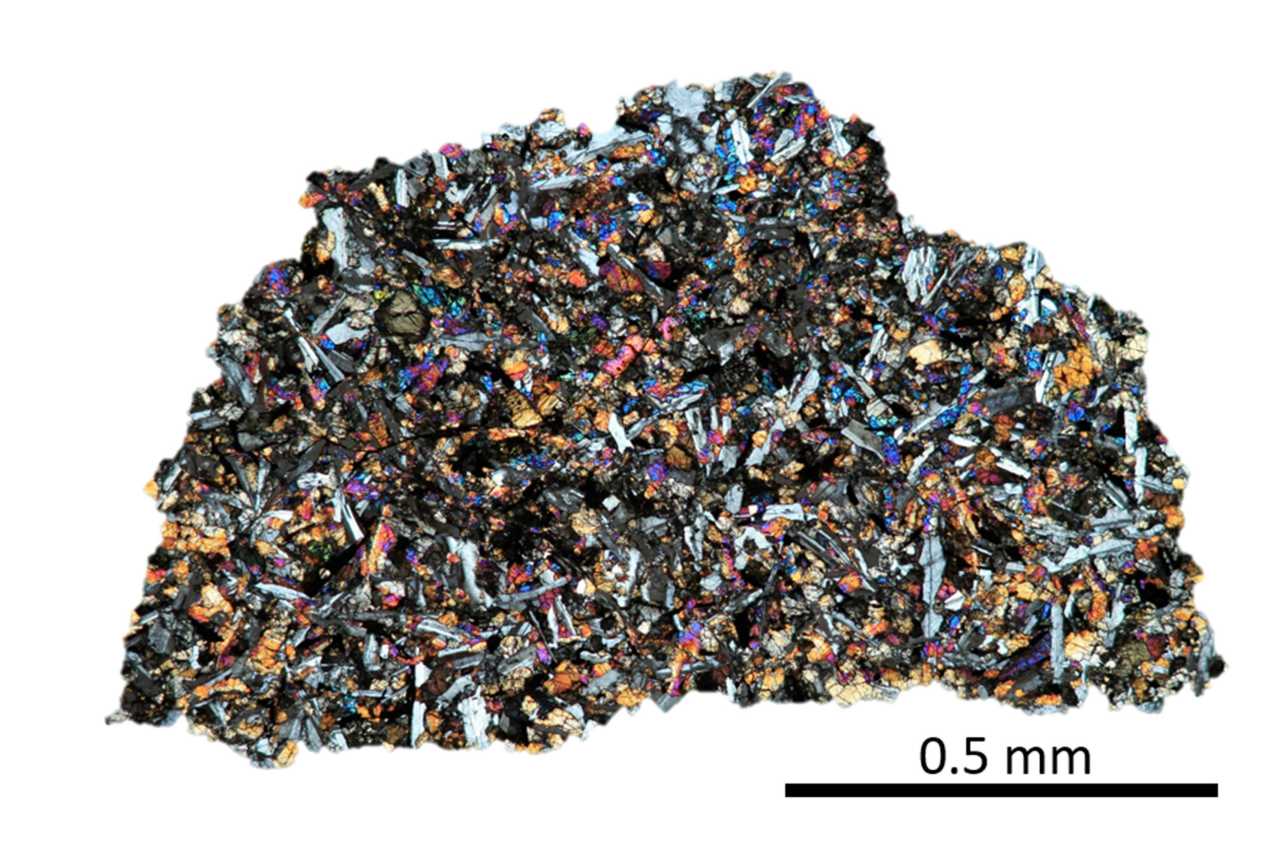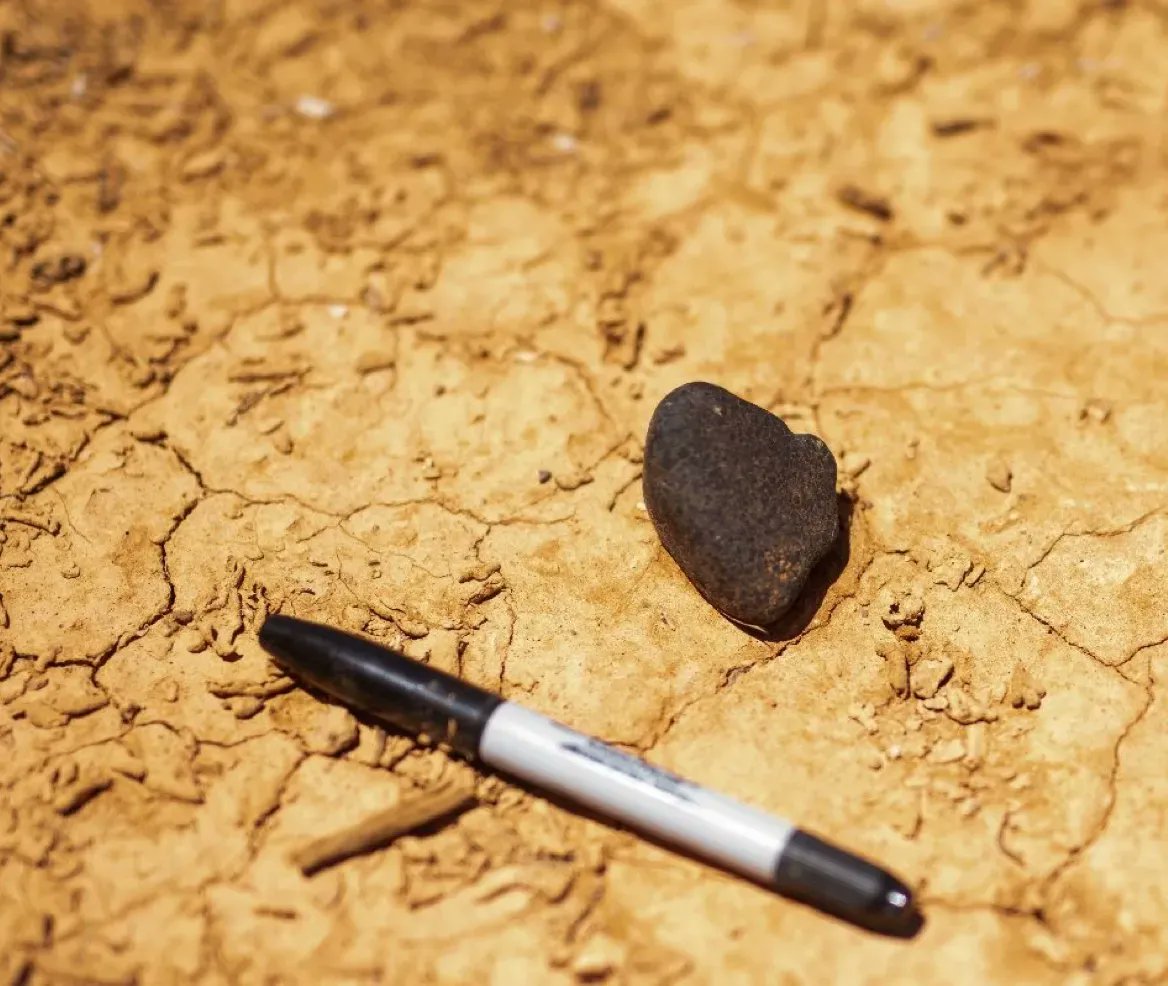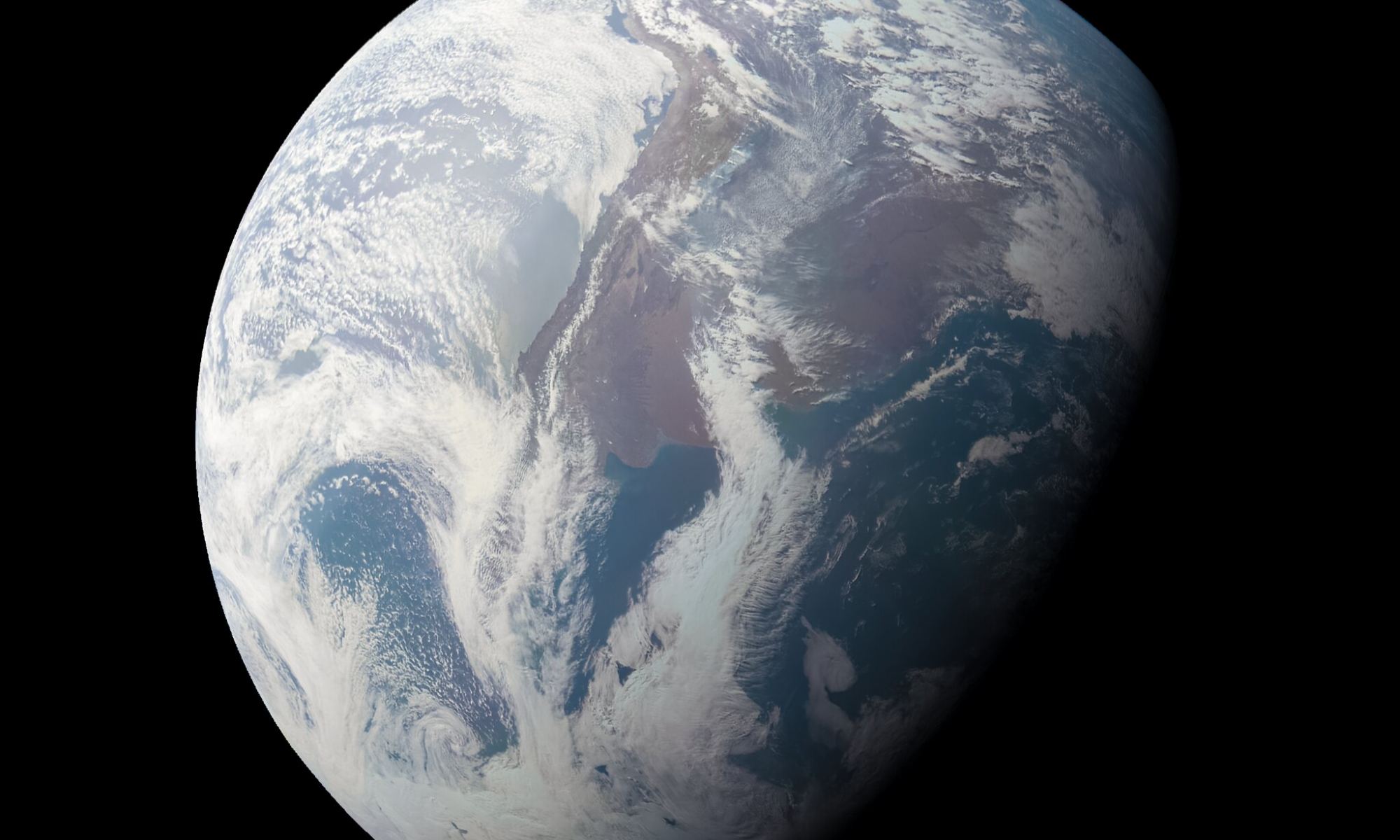Piecing together the history of the Solar System from the traces left behind isn’t easy. Bit by bit, however, we’re working it out. This month, new research examining the composition of lunar meteorites offers compelling evidence that the Moon and the Earth were formed from the same material, perhaps in the aftermath of a cataclysmic collision some 4.5 billion years ago.
Continue reading “Lunar Rocks Have Earth's Noble Gases Trapped Inside. More Evidence That the Moon Came From the Earth”Want to Own a Meteorite from Geoff Notkin’s Personal Collection?
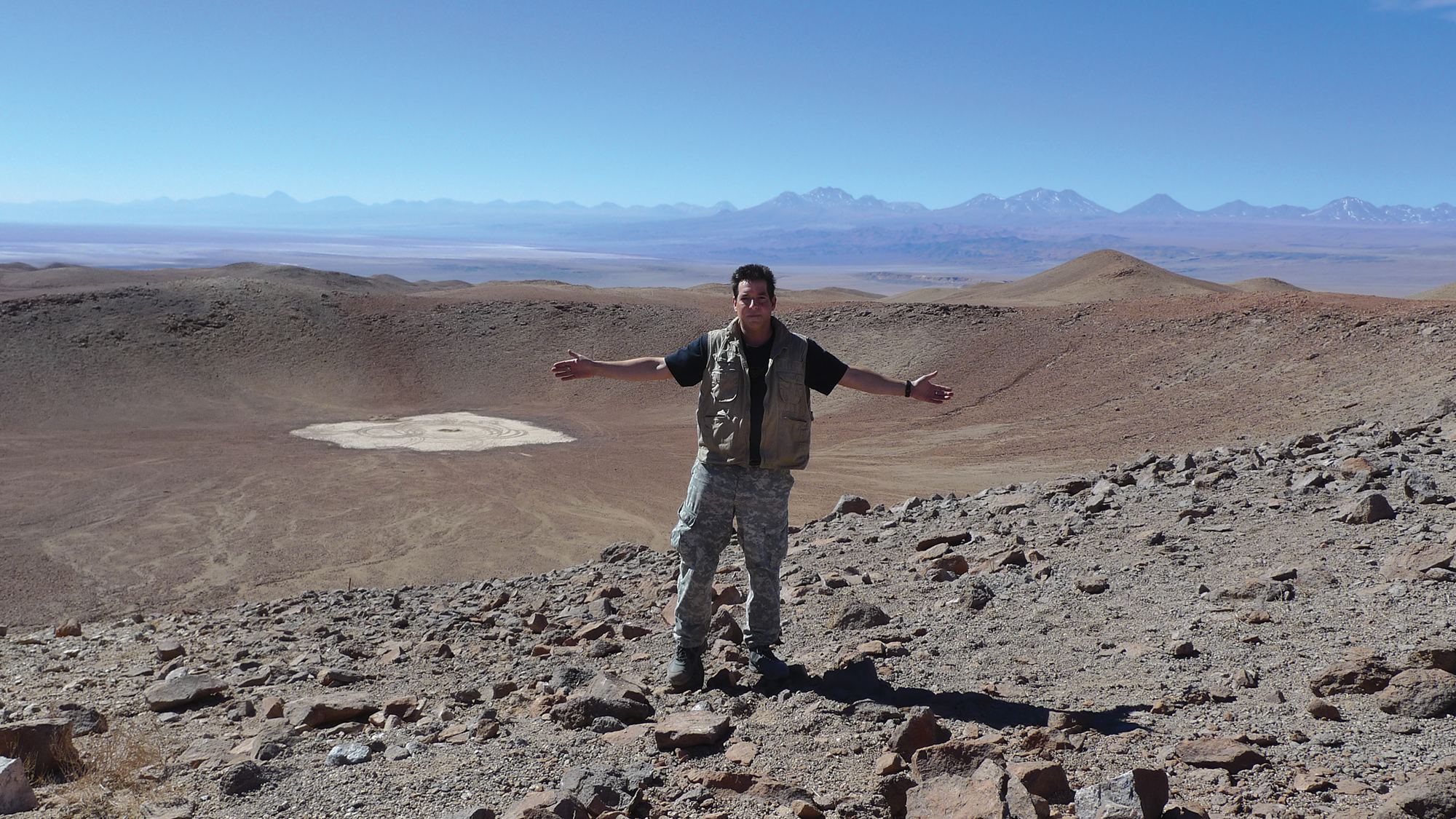
For nearly 30 years Geoff Notkin has traveled the world in search of meteorites, those ancient relics from outer space that have fallen to Earth. He shared his adventures on the Science Channel series “Meteorite Men,” and through lectures and appearances across almost every continent, he has sparked interest in space science and exploration. He has been a devoted meteorite hunter and collector, amassing a large collection. But now, after much deliberation, Notkin has decided to auction off some of his personal meteorite collection, as well as other personal items.
Of course, our first question was, why? Is he leaving the field of meteorite hunting?
Continue reading “Want to Own a Meteorite from Geoff Notkin’s Personal Collection?”The Building Blocks of Earth Could Have Come From Farther out in the Solar System
Earth formed over 4.5 billion years ago via accretion. Earth’s building blocks were chunks of rock of varying sizes. From dust to planetesimals and everything in between. Many of those chunks of rock were carbonaceous meteorites, which scientists think came from asteroids in the outer reaches of the main asteroid belt.
But some evidence doesn’t line up well behind that conclusion. A new study says that some of the Earth-forming meteorites came from much further out in the Solar System.
Continue reading “The Building Blocks of Earth Could Have Come From Farther out in the Solar System”A Meteorite Recently Crashed Into Australia. A Drone Scoured the Area and Found it
Drones have become more and more ubiquitous in recent years. From recently discovering the Endurance to participating in wars, drones have made history in more ways than one. Now they have a new job title to add to their resume – meteorite hunter.
Continue reading “A Meteorite Recently Crashed Into Australia. A Drone Scoured the Area and Found it”Water was Already Here Before the Earth Formed
Where did Earth’s water come from? That’s one of the most compelling questions in the ongoing effort to understand life’s emergence. Earth’s inner solar system location was too hot for water to condense onto the primordial Earth. The prevailing view is that asteroids and comets brought water to Earth from regions of the Solar System beyond the frost line.
But a new study published in the journal Nature Astronomy proposes a further explanation for Earth’s water. As the prevailing view says, some of it could’ve come from asteroids and comets.
But most of the hydrogen was already here, waiting for Earth to form.
Continue reading “Water was Already Here Before the Earth Formed”Simulation Predicts Where to Find 300,000 Meteorites Hidden in Antarctica
Although meteorites are known to fall all over the world, the environment and unique processes in Antarctica make them somewhat easier to find on the pristine, snowy landscape. Still, collecting meteorites in Antarctica is physically grueling and hazardous work.
But what if there was a “treasure map” which showed the most probable places to find meteorites in Antarctica, directing researchers where to look?
Continue reading “Simulation Predicts Where to Find 300,000 Meteorites Hidden in Antarctica”The Early Solar System Had a Gap Where the Asteroid Belt is Today
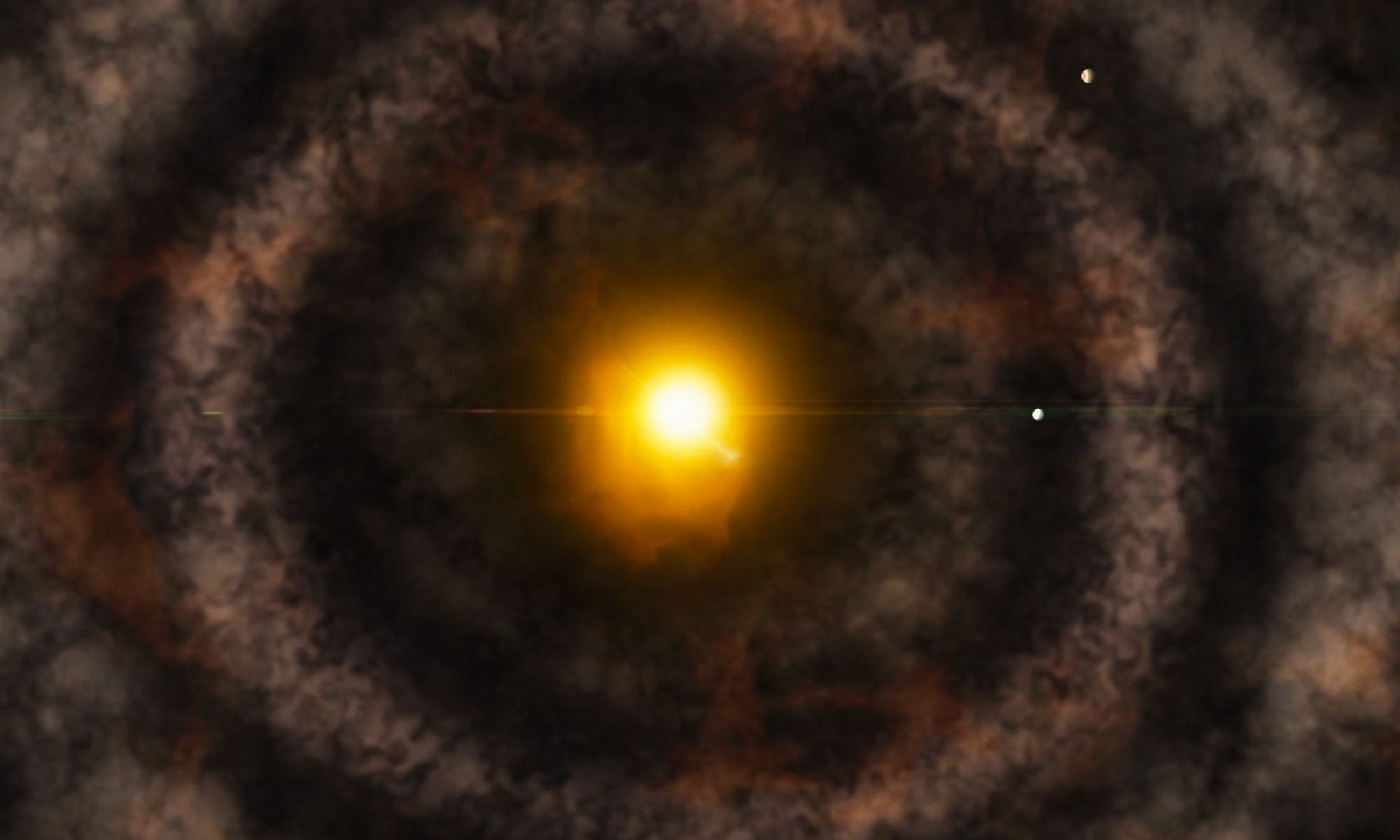
Wind the cosmic clock back a few billion years and our Solar System looked much different than it does today. About 4.5 billion years ago, the young Sun shone much like it does now, though it was a little smaller. Instead of being surrounded by planets, it was ensconced in a swirling disk of gas and dust. That disk is called a protoplanetary disk and it’s where the planets eventually formed.
There was a conspicuous gap in the early Solar System’s protoplanetary disk, between where Mars and Jupiter are now, and where the modern-day asteroid belt sits. What exactly caused the gap is a mystery, but astronomers think it’s a sign of the processes that governed planet formation.
Continue reading “The Early Solar System Had a Gap Where the Asteroid Belt is Today”By Using Dashcams and Security Cameras, Astronomers Were Able to Track Down the Location of a Meteorite
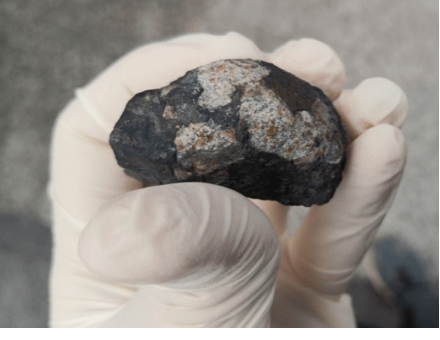
OK, all you meteorites that are falling to Earth … You are being watched!
The ever-expanding use of security cameras, doorbell cams and vehicle dashcams have increased the number of fireballs that have been spotted streaking across the skies. And sometimes, all that visual data provides the side benefit of allowing rocks from space to be tracked and found.
Continue reading “By Using Dashcams and Security Cameras, Astronomers Were Able to Track Down the Location of a Meteorite”Researchers Have Taught a Drone to Recognize and Hunt Down Meteorites Autonomously
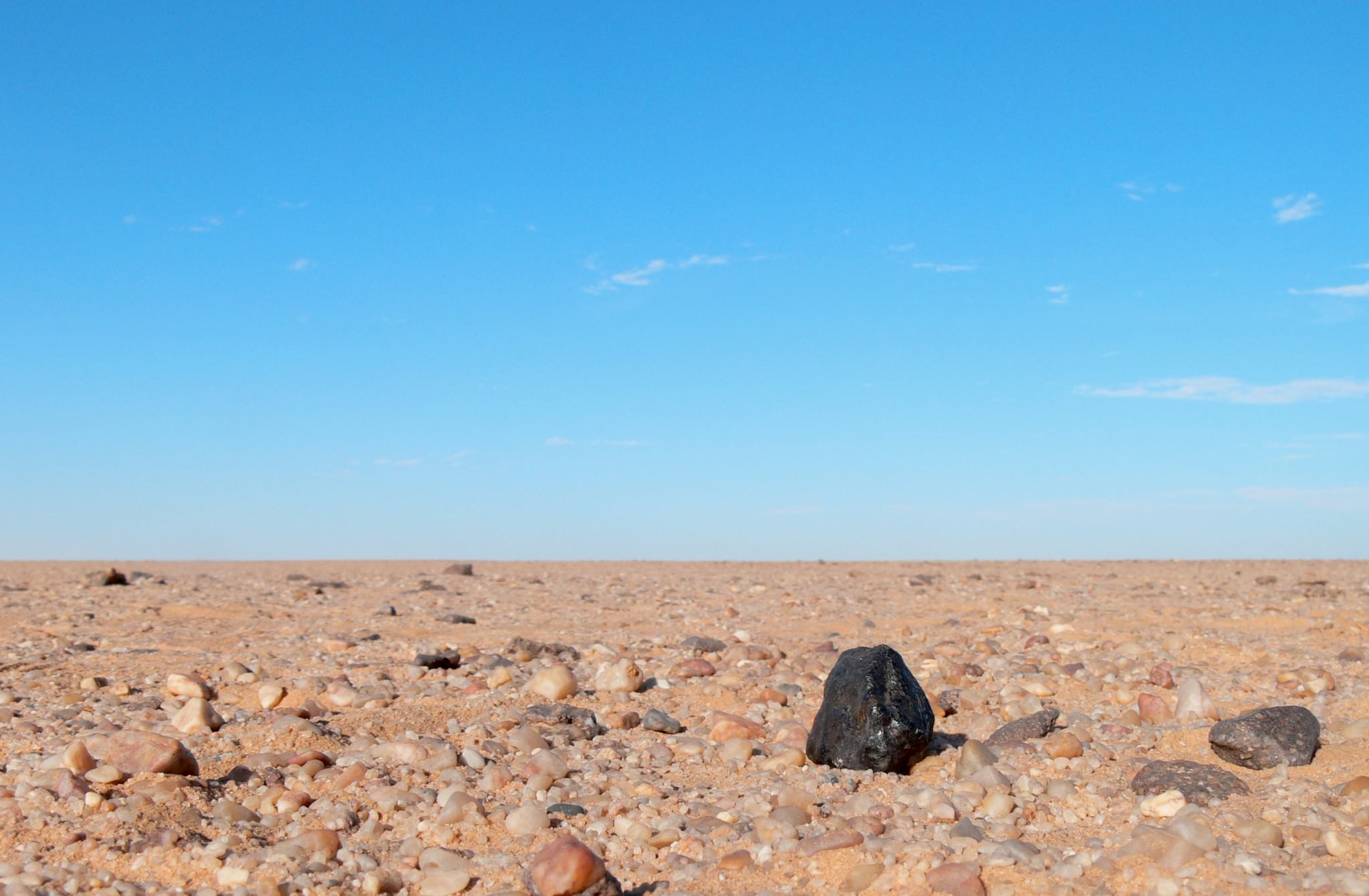
Planetary scientists estimate that each year, about 500 meteorites survive the fiery trip through Earth’s atmosphere and fall to our planet’s surface. Most are quite small, and less than 2% of them are ever recovered. While the majority of rocks from space may not be recoverable due to ending up in oceans or remote, inaccessible areas, other meteorite falls are just not witnessed or known about.
But new technology has upped the number known falls in recent years. Doppler radar has detected meteorite falls, as well as all-sky camera networks specifically on the lookout for meteors. Additionally, increased use of dashcams and security cameras have allowed for more serendipitous sightings and data on fireballs and potential meteorite falls.
A team of researchers is now taking advantage of additional technology advances by testing out drones and machine learning for automated searches for small meteorites. The drones are programmed to fly a grid search pattern in a projected ‘strewn field’ for a recent meteorite fall, taking systematic pictures of the ground over a large survey area. Artificial intelligence is then used to search through the pictures to identify potential meteorites.
Continue reading “Researchers Have Taught a Drone to Recognize and Hunt Down Meteorites Autonomously”Meteorites Hold Early Atmospheres From Across the Solar System
Since they were formed in the early solar system, many meteorites offer an unadulterated view into what that solar system was made out of, or what happened to it as we reported before. Recently a team of researchers led by Maggie Thompson at University of California Santa Cruz (UCSC) took a look at the chemical composition of three different chondritic meteorites, which have largely been untouched since before the planets were formed. Their composition was different than current models predicted, and could lead to a better understanding of early planetary atmospheres.
Continue reading “Meteorites Hold Early Atmospheres From Across the Solar System”
